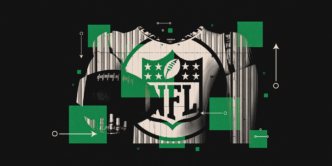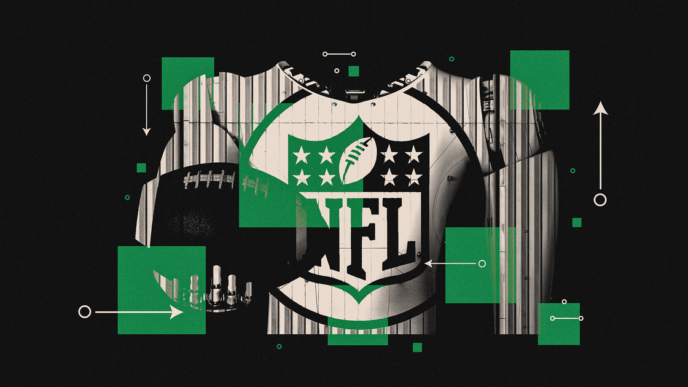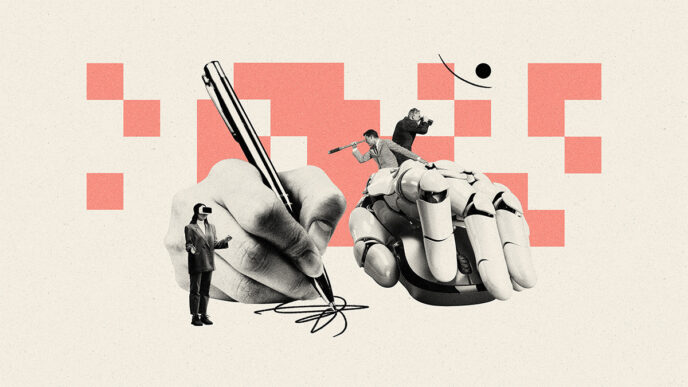Ashurst landed new legal business by blending generative AI with human expertise. The firm beat a competitor by tackling 10 client matters in two weeks, proving their AI-human combo outperformed others.
Partner Hilary Goodier credits their win to how they integrated technology with legal know-how. But this mix isn’t simple. They build multidisciplinary teams—lawyers, project managers, technologists—to test and refine AI workflows upfront.
In-house legal teams are also shifting. Companies want lawyers who can merge law, strategy, and tech, says Pamela Salling from Major, Lindsey & Africa. Leigh Dance of ELD International notes legal teams now work closely with AI heads and info security to stay aligned.
AI is even reshaping legal training. Stanford’s CodeX and arbitration firm Three Crowns use AI-powered simulations to sharpen cross-exam skills. Junior lawyers get help from AI on contract drafting and research, freeing up time for mentorship.
Winston Weinberg of legal AI startup Harvey believes this revives the traditional apprenticeship model. Danny Tobey from DLA Piper agrees:
“There used to be this fiction that by doing the grunt work, you were learning how to be a lawyer”
“Now, there’s more opportunity for mentorship in the things humans are suited to”.
Tobey recalls spending endless hours on paper docs and e-discovery back in the day. AI now tackles those hours, letting lawyers focus on higher-value training.
The flip side: lawyers face pressure to use AI aggressively while protecting data. New York Law School dean Michael Pastor says:
“As an in-house lawyer, you need to help your client navigate those tensions while keeping an eye on the business objective”
Lawyers also must push companies to set solid AI data governance policies, Tobey adds:
“I talk to boards of directors and CEOs all the time and tell them this is fundamental to the accuracy of information throughout their organisations.”
Careless AI use risks litigation, regulation, and reputational crises. Tobey concludes: “We’ll pick up the pieces, but I’d rather keep the vase intact.”














